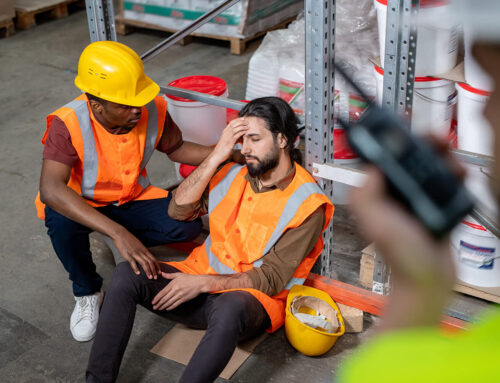When you are injured at your construction job, there are many things upon which you probably are focused. Your legal rights and all of the legal technicalities that are involved in filing, pursuing, and winning a court case for an award of damages may not be at the top of your list. That is why you should reach out to an experienced New York construction accident attorney, who can help you ensure that your rights are protected and that you get the compensation that the law says you deserve.
Many times, these cases can involve a detailed knowledge of the technicalities embedded within the law. Take, for example, the case of David, a construction employee working on a project in Brooklyn in the summer of 2015. One day, a 10-foot long, 50-pound pipe that was oily and unsecured slipped free and, as a result, fell from the 31st floor, past the 30th floor (where it was supposed to go), and down to the 29th floor, where it hit David in the head. According to the worker, the accident caused her significant harm. He suffered injuries to his brain, his back, and his shoulders. David’s brain injuries included “permanent damage to the anterior left temporal lobe, short term memory loss, difficulty in expressing speech, difficulties with walking and coordination, and difficulties following directions.”
Based on all of that damage, the worker sued to recover compensation. One of David’s most successful bases for compensation was his claim that the defendants violated Section 240(1) of New York’s Labor Law. That law says that site owners and general contractors on construction projects have a legal obligation to ensure that all workers have proper safety protection to safeguard them from “gravity-related” risks of harm. This can include something falling on a worker or a worker himself falling from a height. Certainly, a 50-pound pipe falling from a height would fall into the category of “gravity-related” risks.
However, what do you do when there was no official general contractor on your site? In David’s case, one of the defendants he sued was the construction manager. The law says that the obligation to ensure workers are properly protected from gravity-related risks falls upon the property owner and the general contractor. When there is no official contractor, the law allows an injured worker to sue someone else who, through the execution of certain duties, has established itself as what’s called the “de facto general contractor.”
If the injured worker can offer the court enough evidence, the court can make a finding that someone else was a de facto general contractor. At David’s work, the construction management services company took on the responsibility to carry out the implementation of the safety plan. That evidence was enough to allow the court to find that the construction manager was the de facto general contractor and that David was entitled to a summary judgment holding that company liable.
Construction sites can be dangerous, and construction injury lawsuits can involve extremely technical details of the law. If you have been injured at a construction job, consult the skilled New York City construction injury attorneys at Arcia & Associates. Our team has many years of experience working to give our clients effective representation and personalized attention.
Contact us at 718-424-2222 to find out how we can help you.











